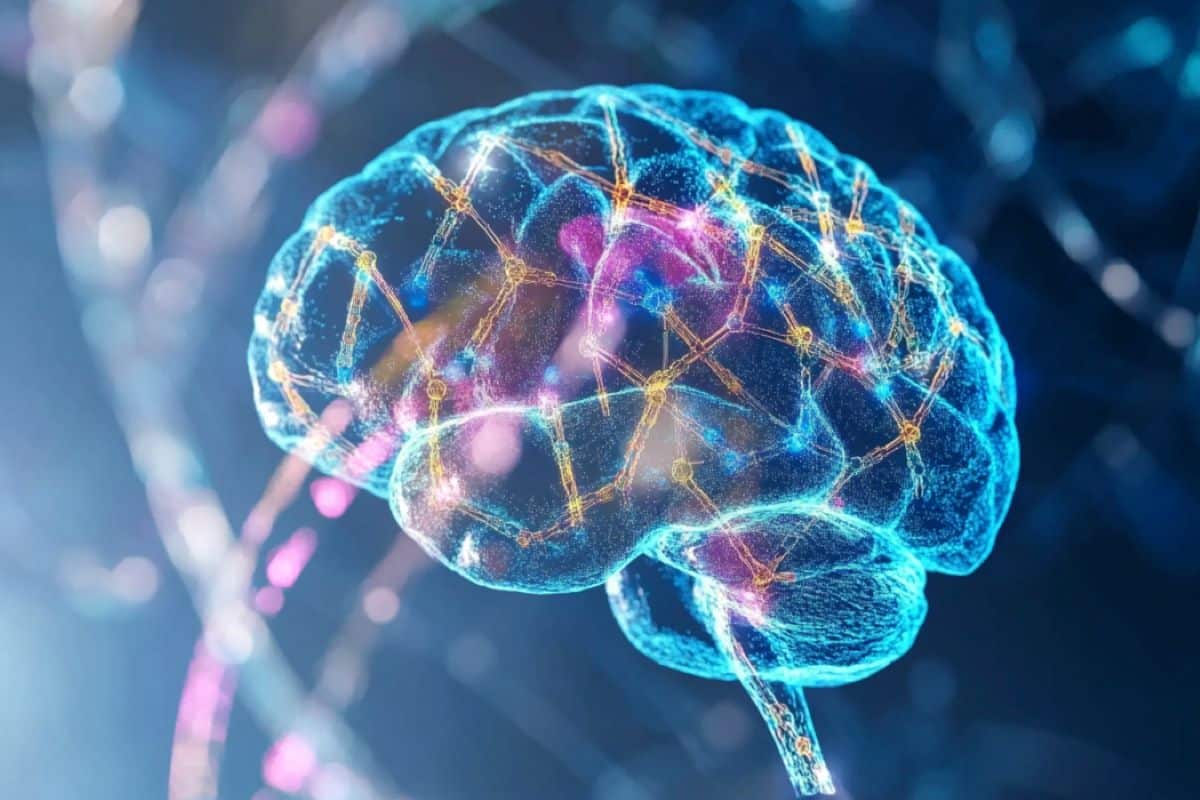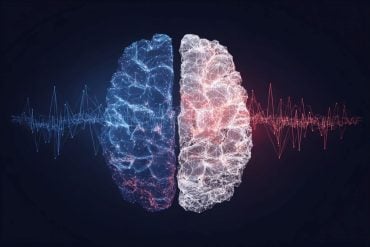Summary: Researchers identified how gene variations lead to brain changes associated with essential tremor, a common movement disorder affecting over 60 million people worldwide. The study used brain MRI scans and genetic data from over 33,000 adults to uncover genetic links to structural changes in the brain’s cortex and cerebellum.
These findings could lead to new drug targets by revealing how faulty protein disposal systems disrupt neural pathways, resulting in uncontrollable hand tremors. The research marks a significant step toward understanding and treating essential tremor more effectively.
Key Facts:
- Essential tremor affects over 60 million people globally and is often hereditary.
- Researchers identified gene variations linked to structural changes in the brain’s cortex and cerebellum.
- Faulty protein disposal in tremor-related brain regions may disrupt key neural pathways, causing tremors.
Source: NNI
New research by the National Neuroscience Institute (NNI) has identified for the first-time how gene variations cause changes in the brain that are linked to essential tremor – a common condition that causes uncontrollable shaking of the hands, such as when writing or holding items.
Essential tremor is one of the most common movement disorders, affecting more than 60 million people worldwide. More than half of the total diagnosed cases have a family history of tremor, and those with a parent or sibling with essential tremor are nearly five times more likely to have the condition.

“Hand tremor affects both the young and the old. It is not only socially embarrassing but impacts one’s quality of life. Some patients also develop voice and head tremor. While some medical conditions can cause tremors, the exact cause of essential tremors is unknown,” said the study’s Principal Investigator, Professor Tan Eng King, Deputy Chief Executive Officer (Academic Affairs) and Senior Consultant, Department of Neurology, NNI.
The NNI study, which was published in the journal Movement Disorders used brain MRI scans and genetic data of more than 33 000 adults to identify genetic variations associated with essential tremor and their links with structural changes in the brain.
The team identified genes which were related to differences in specific parts of the brain involved in tremor. For example, there is a specific set of genes that are related to a thinner cortex (outer region of the brain) and a smaller cerebellum (hind brain), the part of the brain involved in balance and movement.
The study also identified how these genetic variations affect the brain at the cellular pathway level, revealing new potential drug targets to treat the condition.
“Normally, the body is able to dispose of faulty proteins, but we found that this ‘quality control’ system is faulty in tremor-related parts of the brain. This may affect cell function and disrupt the flow of messages along a key neural pathway between the cerebellum, thalamus and motor cortex, and results in uncontrollable shaking of the hands,” said Dr Thomas Welton, Principal Investigator at NNI and first author of the paper.
The study used brain scans and genetic information from the UK Biobank as part of preliminary studies and work is underway to gather brain scans and genetic data from Singaporeans who have been diagnosed with essential tremor.
This additional study will help researchers compare if ethnic-specific differences exists, and their impact on the brain, which is important for the development of new treatments to improve tremor management.
About this genetics and neuroscience research news
Author: Sharlyn Bay
Source: NNI
Contact: Sharlyn Bay – NNI
Image: The image is credited to Neuroscience News
Original Research: Open access.
“Association of Gene Expression and Tremor Network Structure” by Tan Eng King et al. Movement Disorders
Abstract
Association of Gene Expression and Tremor Network Structure
Background
Transcriptomic changes in the essential tremor (ET)–associated cerebello-thalamo-cortical “tremor network” and their association to brain structure have not been investigated.
Objective
The aim was to characterize molecular changes associated with network-level imaging-derived phenotypes (IDP) found in ET.
Methods
We performed an imaging-transcriptomic study in British adults using imaging-genome-wide association study summary statistics (UK Biobank “BIG40” cohort; n = 33,224, aged 40–69 years). We imputed imaging-transcriptomic associations for 184 IDPs and analyzed functional enrichment of gene modules and aggregate network-level phenotypes. Validation was performed in cerebellar-tissue RNA-sequencing data from ET patients and controls (n = 55).
Results
Among 237,896 individual predicted gene expression levels for 6063 unique genes/transcripts, we detected 2269 genome-wide significant associations (Bonferroni P < 2.102e-7, 0.95%). These were concentrated in intracellular volume fraction measures of white matter pathways and in genes with putative links to tremor (MAPT, ARL17A, KANSL1, SPPL2C, LRRC37A4P, PLEKHM1, and FMNL1).
Whole-tremor-network cortical thickness was associated with a gene module linked to mitochondrial organization and protein quality control (r = 0.91, P = 2e-70), whereas white-gray T1-weighted magnetic resonance imaging (MRI) contrast in the tremor network was associated with a gene module linked to sphingolipid synthesis and ethanolamine metabolism (r = −0.90, P = 2e-68).
Imputed association effect sizes and RNA-sequencing log-fold change in the validation dataset were significantly correlated for cerebellar peduncular diffusion MRI phenotypes, and there was a close overlap of significant associations between both datasets for gray matter phenotypes (χ2 = 6.40, P = 0.006).
Conclusions
The identified genes and processes are potential treatment targets for ET, and our results help characterize molecular changes that could in future be used for patient treatment selection or prognosis prediction.






